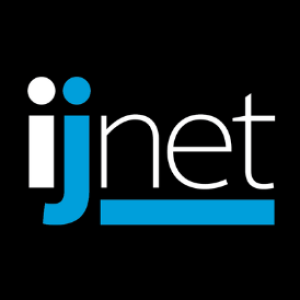Blockchain’s role in journalism, the future of digital media and more in this week's Digital Media Mash Up, produced by the Center for International Media Assistance.
Blockchain technology to improve press freedom
Blockchain, the new technology that can store and transfer data at minimal cost, decentralized and totally secure, is a hot topic. It has the potential to disrupt many industries, and it is now finding its way into journalism.
Dutch startup Publicism is developing a tool to use the innovative technology to promote positive change in our industry. It enables journalists to publish and finance their work safely by guaranteeing the anonymity of sources, bloggers and themselves – hence encouraging press freedom. (WAN-IFRA, 8/2)
How the media will rise in the face of the digital revolution
The media is passing through an awkward digital adolescence. With falling revenues and smaller newsrooms, the industry is being squeezed into an unfamiliar online space against its will. Publications with hundred-year pedigrees are having to rethink and relearn their trade from the ground up.
The industry has been in a downturn since 2007 and, while some publications have been plodding on, hemorrhaging cash and complaining, others — like The New York Times — have been actively experimenting with new business models in order to turn things around. The publication’s latest venture, producing a Spanish-language version for Latin America, shows it has eyes on an expanding, global future. (TechCrunch, 7/28)
Protecting innovations and protecting data: Can we have surveillance and innovation?
Privacy can be seen as a reflex of innovation. One of the seminal pieces on the right to privacy as the 'right to be let alone emerged in response to the camera and its use by the tabloid media. Seminal jurisprudence is in response to new surveillance innovations... though often with significant delays. (Privacy International, 8/1)
CIMA offers the Mash Up free via email. Sign up here.
Main image CC-licensed by Flickr via Alberto P. Veiga.


